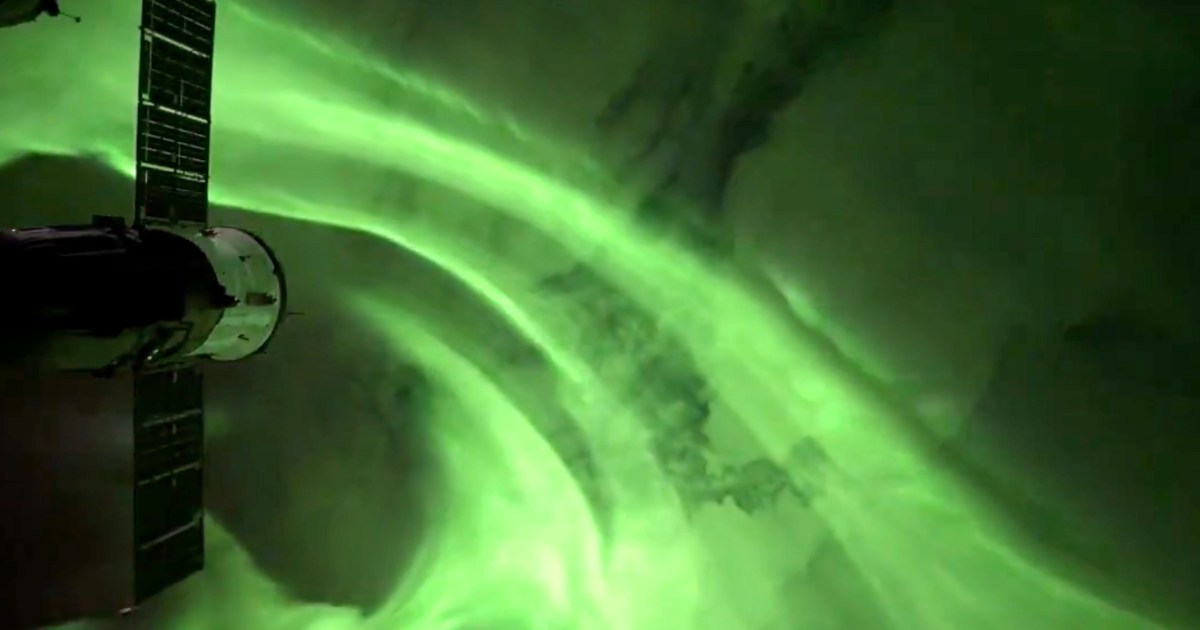
Impressive aurora recently observed from space.
We have seen many auroras from the space station, but this last view is truly exceptional.
Astronauts are often dazzled by the extraordinary views they can see from the International Space Station (ISS), located 400 kilometers above the Earth's surface. From this altitude, they have the chance to observe stunning landscapes ranging from sunrises and sunsets every 90 minutes to thunderstorms and the splendor of the Milky Way. A natural spectacle that doesn't go unnoticed is the aurora, a luminous phenomenon caused by the interaction of solar winds with the Earth's magnetic field.
NASA astronaut Don Pettit, who has been on the ISS since September of last year, has recently shared several recordings of auroras captured while the orbital station was flying overhead. Although it’s not the first time auroras have been documented from space, these clips are unique, showcasing intense green colors that Pettit describes as “wavy turbulence” and that dramatically move across the frame. The second video offers a wider angle that reveals the curvature of the Earth, presenting an equally striking visual display.
Throughout his stay on the ISS, Pettit has captivated people on Earth with a steady stream of images and videos. One of his most captivating photographs shows the rivers in the Amazon basin from the air, which he compared to "flowing silver serpents." He has also presented an incredible shot of the first launch of Blue Origin's New Glenn rocket, showing the vehicle's second stage soaring through the sky, surrounded by streaks of stars.
Pettit’s photographic skill continues the tradition of other astronauts who have captured the beauty of our planet, such as French astronaut Thomas Pesquet, who has also focused on visually documenting Earth from the ISS.
In another image, Pettit ventured to depict the green lights of fishing boats in Thailand, capturing a long exposure effect as the lights pass through the frame. The top of the photograph also reveals a segment of the space station and the trail of stars in the background.
Finally, it has been suggested that a normally clean environment may not be the most beneficial for the health of astronauts on the ISS, which could indicate a need for a somewhat dirtier environment for their well-being.




